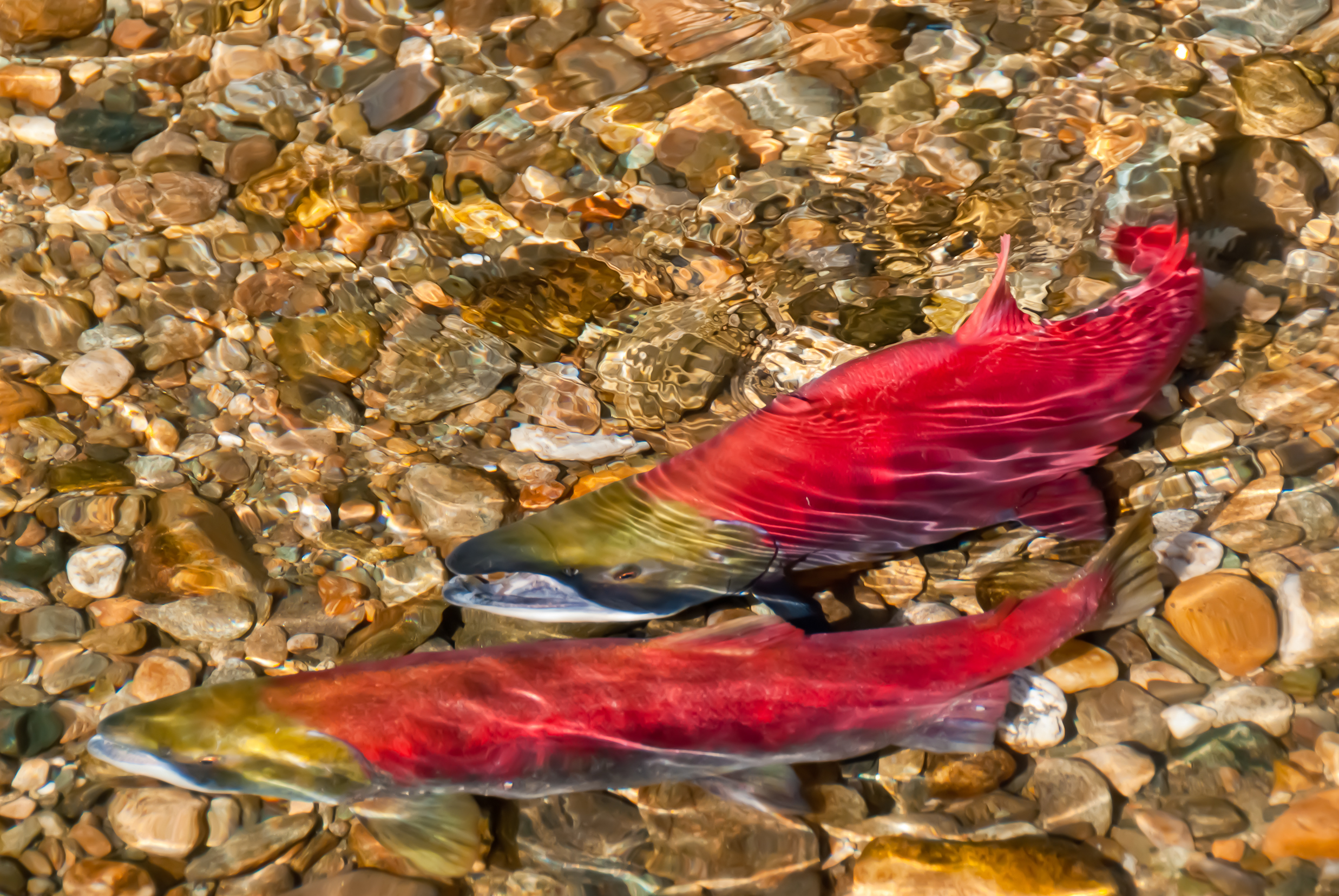
The Matanuska-Susitna Basin (Mat-Su) covers 24,500 square miles in southcentral Alaska, roughly the combined size of Vermont, New Hampshire, and Massachusetts. With more than 50,000 miles of rivers and streams, diverse waterscapes provide key habitats for five Pacific salmon species, as well as other native species including rainbow trout, Dolly Varden char, Arctic grayling, and others. Salmon and other fish are at the heart of Alaskan ecosystems, economy, and culture. The basin is also one of the fastest-growing regions in the state, presenting unique challenges and opportunities to ensure thriving salmon, healthy habitats, and vibrant communities in one region.
Board recognized October, 2007
Matanuska-Susitna (Mat-Su) Basin Salmon Habitat Partnership
The Matanuska-Susitna Basin (Mat-Su) covers 24,500 square miles in southcentral Alaska, roughly the combined size of Vermont, New Hampshire, and Massachusetts. With more than 50,000 miles of rivers and streams, diverse waterscapes provide key habitats for five Pacific salmon species, as well as other native species including rainbow trout, Dolly Varden char, Arctic grayling, and others. Salmon and other fish are at the heart of Alaskan ecosystems, economy, and culture. The basin is also one of the fastest-growing regions in the state, presenting unique challenges and opportunities to ensure thriving salmon, healthy habitats, and vibrant communities in one region.
The Mat-Su Basin Salmon Habitat Partnership (Partnership) formed in 2005 to address increasing impacts on salmon from human use and development in the Mat-Su basin and ensure that opportunities for growth and conservation go hand-in-hand. Today it is a collaborative effort of nearly 70 diverse organizations and individuals.
Since its beginning, the Partnership has provided nearly 5 million through the National Fish Habitat Partnership (NFHP) for over 115 salmon habitat projects in the Mat-Su, with over 15.5 million in other project contributions from private and public sources. With NFHP funding and others, partners have collectively and collaboratively worked to fill in priority goals in the Strategic Action Plan. Foundational science gaps have continued to be filled; Mat-Su streams have been mapped to lower 48 standards, we have a greater knowledge of juvenile salmon distribution - in both summer and winter, and cold water refugia have been identified on some priority systems. Science has additionally informed regional plans and policies, strategic restoration of degraded lands and conservation of intact lands and waters. Partners have restored well over a quarter of the nearly 400 identified culverts that limit or completely block juvenile or adult salmon and conserved over 9,000 acres of habitat important to salmon through conservation easements and protected areas. The Partnership has also provided an important space for information sharing, education, and collaboration. In 2025, the Partnership will host its 18th annual Salmon Science and Conservation Symposium, and tenth annual summer site tour.
In addition to, and compounded by urbanization, salmon and their habitat are vulnerable to impacts associated with climate change, changing ocean conditions, fishing practices, and invasive species. In recent years there has been a general decline in salmon returns in southcentral Alaska, making healthy habitats and the work of the Partnership more important than ever.
Mat-Su was recognized as a Fish Habitat Partnership by the Board in October, 2007. More information about participating members and projects can be found at www.matsusalmon.org.

